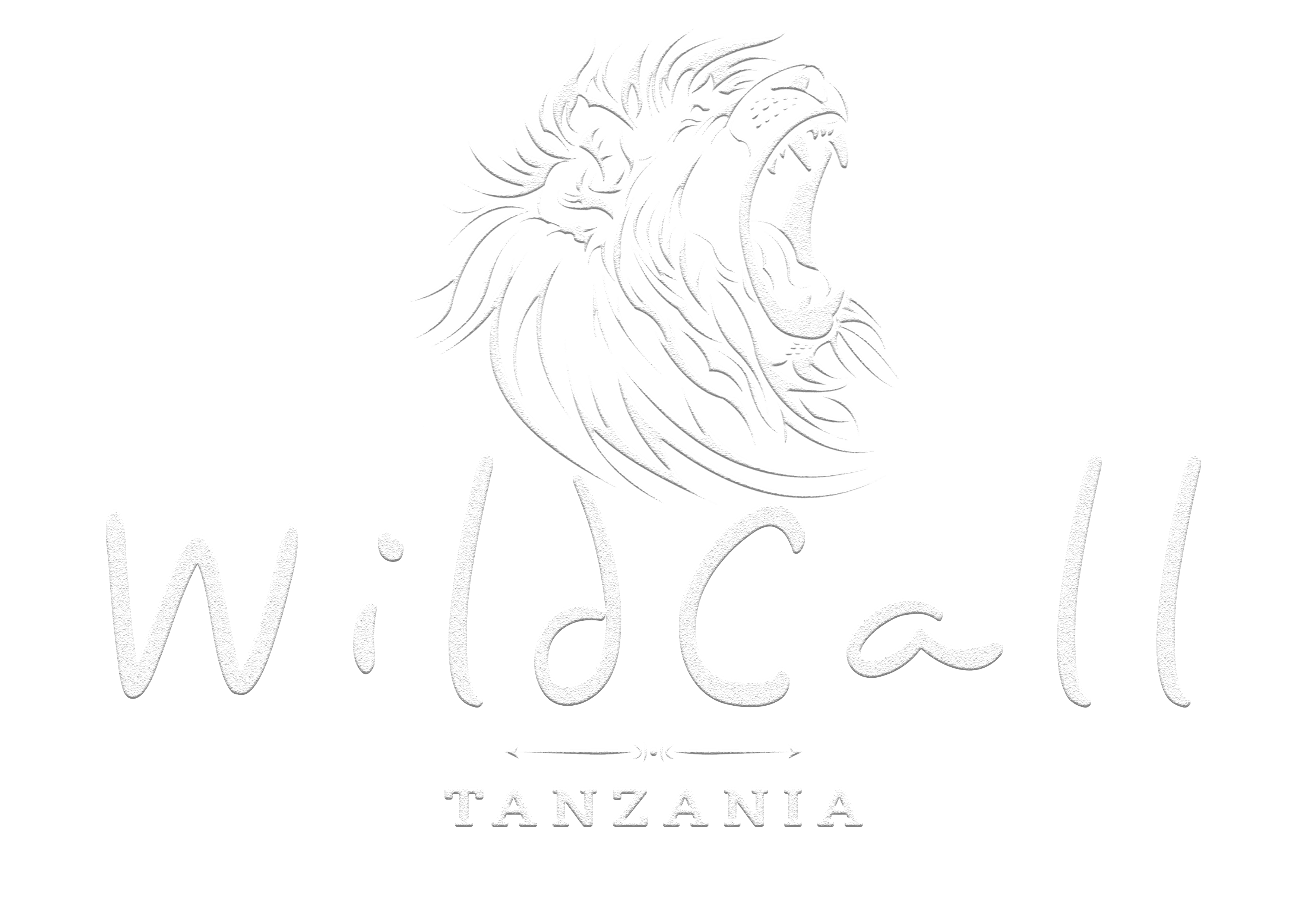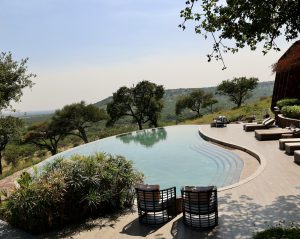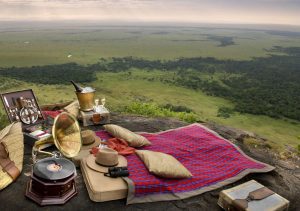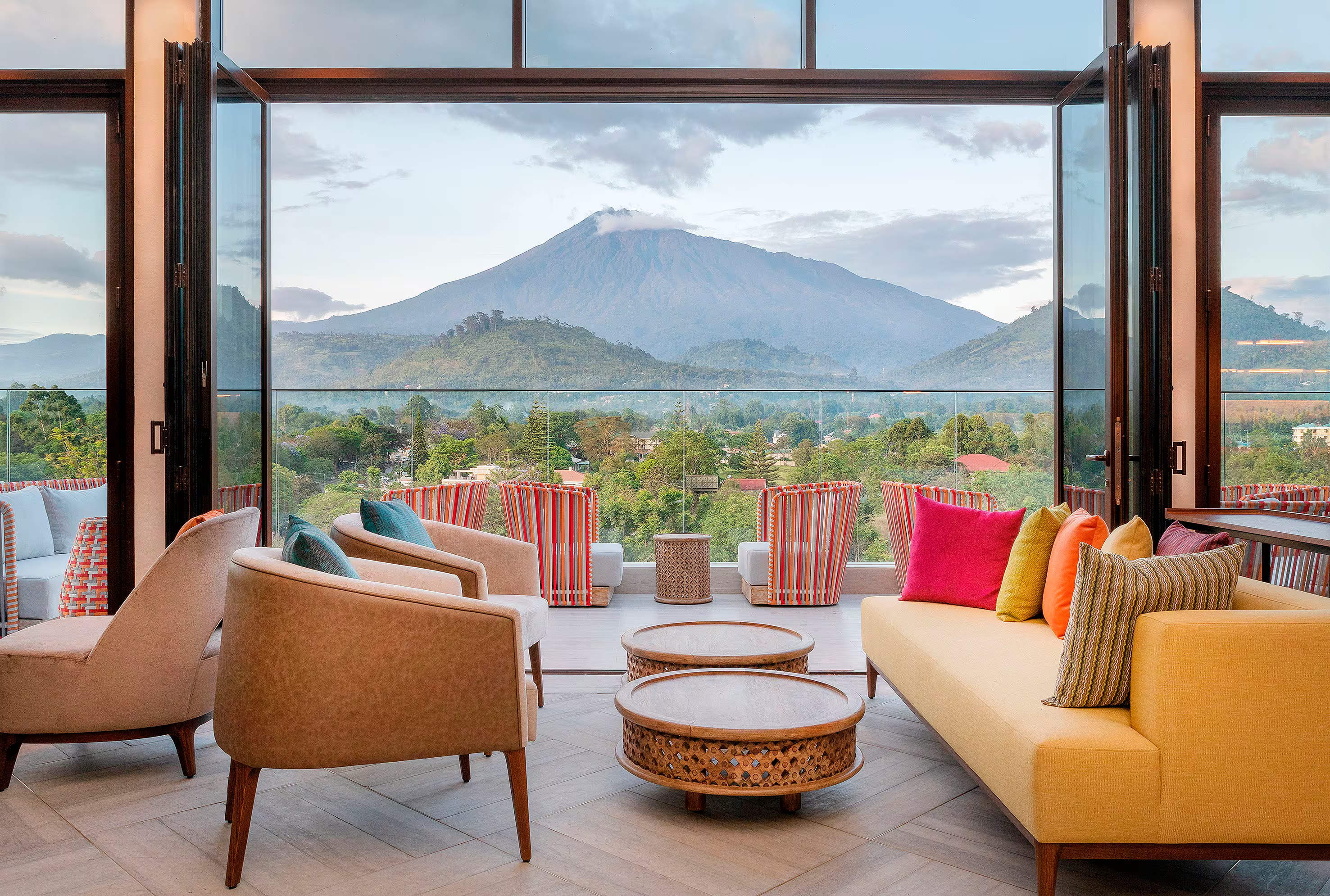If you are dreaming of an unforgettable experience, then 10,663 African Safari Adventures could be what you looking for. These adventures are provided by highly rated tour operators who really know how to create the perfect journey into the wild. From the vast savannahs teeming with wildlife to the lush jungles where rare species lurk, there is something for everyone who seeks to explore nature’s beauty. Each safari is designed not just to show amazing animals up-close but also educate travelers about conservation efforts and local cultures. With so many options available, it’s easy for anyone to find a tour that fits their interests and budget, making it a ideal choice for families, couples or solo adventurers alike. If you feel that call of the wild, perhaps it’s time to start planning your own adventure soon!
1. Reasons to Choose an African Safari
Embarking on an African safari offers a chance to witness diverse wildlife in their natural habitats. One of the most awe-inspiring events is the Great Migration in the Serengeti, where thousands of wildebeest and zebras travel across the plains. The continent boasts unique ecosystems, from the vast savannahs to lush rainforests, making it a paradise for nature lovers. For photography enthusiasts, the opportunity to capture stunning images of wildlife and landscapes is unparalleled.
A safari also allows immersion in the rich cultures of local tribes, providing a deeper understanding of Africa’s heritage. Guided tours led by knowledgeable guides enhance the experience, offering insights into the wildlife and the environment. Luxurious lodges and camps provide comfort and breathtaking views, ensuring a memorable stay.
Moreover, safaris often include conservation activities, educating visitors on the importance of wildlife protection. The thrill of spotting the Big Five—lion, leopard, elephant, rhino, and buffalo—adds to the excitement. With national parks and reserves spread across the continent, each safari promises a unique adventure.
2. Best African Countries for Safari
Africa offers a rich tapestry of safari destinations, each with unique landscapes and wildlife. Kenya is a top choice, famous for the Maasai Mara and the spectacular annual wildebeest migration. Tanzania, with its Serengeti National Park and the Ngorongoro Crater, provides an abundance of wildlife experiences. South Africa’s Kruger National Park is renowned for its diverse animal population. Botswana stands out with the Okavango Delta’s waterways and the wildlife-rich Chobe National Park. Namibia offers a unique experience with its desert landscapes and the renowned Etosha National Park. Zimbabwe is celebrated for Hwange National Park and the majestic Victoria Falls. Zambia is a great spot for walking safaris, especially in South Luangwa National Park. For those interested in primates, Uganda is known for mountain gorilla trekking in the Bwindi Impenetrable Forest, while Rwanda offers similar experiences in the Volcanoes National Park. Each country presents its own adventure, ensuring unforgettable safari experiences.
| Country | Notable Parks/Highlights |
|---|---|
| Kenya | Maasai Mara and the annual wildebeest migration |
| Tanzania | Serengeti and Ngorongoro Crater, rich in wildlife |
| South Africa | Diverse parks including Kruger National Park |
| Botswana | Okavango Delta and Chobe National Park |
| Namibia | Unique desert landscapes and Etosha National Park |
| Zimbabwe | Hwange National Park and Victoria Falls |
| Zambia | Walking safaris in South Luangwa National Park |
| Uganda | Mountain gorilla trekking in Bwindi Impenetrable Forest |
| Rwanda | Gorilla trekking in Volcanoes National Park |
| Namibia | Unique desert adapted wildlife experiences |
3. Best Time of Year for Safari
Choosing the best time for an African safari depends on what you want to experience. From June to October, the dry season provides excellent wildlife viewing opportunities. This period coincides with the Great Migration in Kenya and Tanzania, a spectacular event where millions of wildebeest and zebras traverse the plains. Botswana’s Okavango Delta is also ideal during the dry months of May to October, offering easier access to wildlife as animals gather around water sources.
In South Africa, Kruger National Park is best visited from May to September, when the sparse vegetation makes wildlife spotting easier. Meanwhile, Victoria Falls is most breathtaking from February to May, following the rainy season.
The green season from November to April presents a different charm, with lush landscapes and fewer tourists. It’s also a good time for bird watching, as migratory birds return. Gorilla trekking in Uganda and Rwanda is recommended from June to September and December to February.
The Kalahari Desert in Namibia transforms during the rainy season, November to April, showcasing a unique blend of flora and fauna. Always consider local climate variations, as some areas may have distinct weather patterns.
4. Expected Wildlife Sightings
Embarking on an African safari offers a unique opportunity to witness an array of wildlife in their natural habitats. Among the most sought-after animals are the Big Five: lion, leopard, elephant, rhino, and buffalo. Their presence is a highlight for many travelers. Cheetahs, famed for their incredible speed, can often be spotted in the open savannahs. Giraffes, the tallest mammals, are usually seen gracefully feeding on treetops. Large herds of elephants frequently gather around waterholes and riverbanks, creating a majestic spectacle. Rivers and lakes are home to hippos and crocodiles, while zebras and wildebeest form impressive herds across the plains. Various antelope species, such as impala, kudu, and gazelle, add to the diversity. Birdwatchers will be thrilled by the abundant birdlife, including eagles, vultures, and colorful species. Forested areas are inhabited by primates like baboons and vervet monkeys. Additionally, lucky visitors might encounter rare and endangered species like African wild dogs and black rhinos, making for unforgettable safari experiences.
5. Typical Day on Safari
A typical day on safari begins with an early morning game drive when the wildlife is most active. After a thrilling start, return to camp for a hearty breakfast and some relaxation. Mid-morning, join a guided bush walk to discover the smaller flora and fauna that often go unnoticed. Lunchtime offers a chance to enjoy a leisurely meal or a picnic amidst the wilderness. The afternoon is perfect for a siesta or a swim back at the lodge. Later, embark on another game drive to spot more wildlife, taking advantage of the beautiful changing light. As the day winds down, enjoy sundowner drinks in the bush while watching a breathtaking sunset over the savannah. Finally, return to camp for a delicious dinner under the stars, followed by evening campfire gatherings to share stories. Drift off to sleep, surrounded by the enchanting sounds of the African night.
6. Cost of Safari
The cost of an African safari can greatly vary depending on the level of luxury and type of accommodation you choose. Budget safaris start at about $150 per day, providing essential amenities for an adventurous experience. If you prefer more comfort and convenience, mid-range safaris are available for around $300 to $500 per day, offering a balance between cost and comfort. For those seeking an opulent experience, luxury safaris can exceed $1,000 per day, featuring high-end lodges and exclusive activities.
Park fees are often included in the package, but these can differ based on the country and specific park you visit. Additionally, it’s important to budget for extra costs such as flights, visas, and travel insurance. Some safari packages include meals, drinks, and activities, while others might offer these on an à la carte basis.
Private or custom safaris, while more expensive, provide personalized experiences tailored to your preferences. Meanwhile, group tours, though less flexible, can be more cost-effective. You might also find discounts if you choose to travel during the off-season or opt for longer stays.
- Costs vary depending on the level of luxury and type of accommodation.
- Budget safaris can start from $150 per day, offering basic amenities.
- Mid-range safaris average around $300 to $500 per day with comfort and convenience.
- Luxury safaris can exceed $1,000 per day, featuring high-end lodges and exclusive experiences.
- Park fees are often included but can vary by country and park.
- Consider additional costs for flights, visas, and travel insurance.
- Some safaris include meals, drinks, and activities, while others are à la carte.
- Private or custom safaris tend to be more expensive but offer personalized experiences.
- Group tours can be more cost-effective but may be less flexible.
- Discounts may be available for off-season travel or longer stays.
Frequently Asked Questions
1. What is unique about African safaris provided by highly rated tour operators?
Highly rated tour operators offer a range of unique experiences, from tailor-made itineraries to expert guides who know the local wildlife and culture. They provide safe, well-organized trips with high standards of service.
2. How do I know if a safari operator is highly rated?
You can check online reviews and ratings on travel websites, look for certifications from reputable tourism organizations, and see if they’ve received any awards or recognitions in the travel industry.
3. What types of adventures can I expect on an African safari?
Adventures can vary widely, including game drives, walking safaris, boat safaris, cultural tours, and even hot air balloon rides over the savanna. There’s something for everyone, depending on your interests.
4. When is the best time to go on an African safari?
The best time generally depends on the region and the wildlife you want to see. Many prefer the dry season, when animals gather around water sources, but the wet season can offer lush scenery and fewer tourists.
5. How should I prepare for an African safari adventure?
Preparation involves packing suitable clothing, securing necessary travel documents like visas and vaccinations, and understanding local customs and weather conditions. Packing essentials like binoculars, cameras, and sunscreen is also advisable.
TL;DR Explore the adventure of African safaris to witness diverse wildlife, stunning landscapes, and cultural experiences. Top destinations include Kenya for the Maasai Mara, Tanzania for the Serengeti, and South Africa for Kruger National Park. The best time for a safari is generally from June to October, coinciding with the Great Migration. Expect to see the Big Five and other wildlife like giraffes, elephants, and cheetahs. A typical day involves game drives, guided walks, and relaxation at lodges. Safari costs range from budget to luxury, influenced by accommodation types and included amenities.






